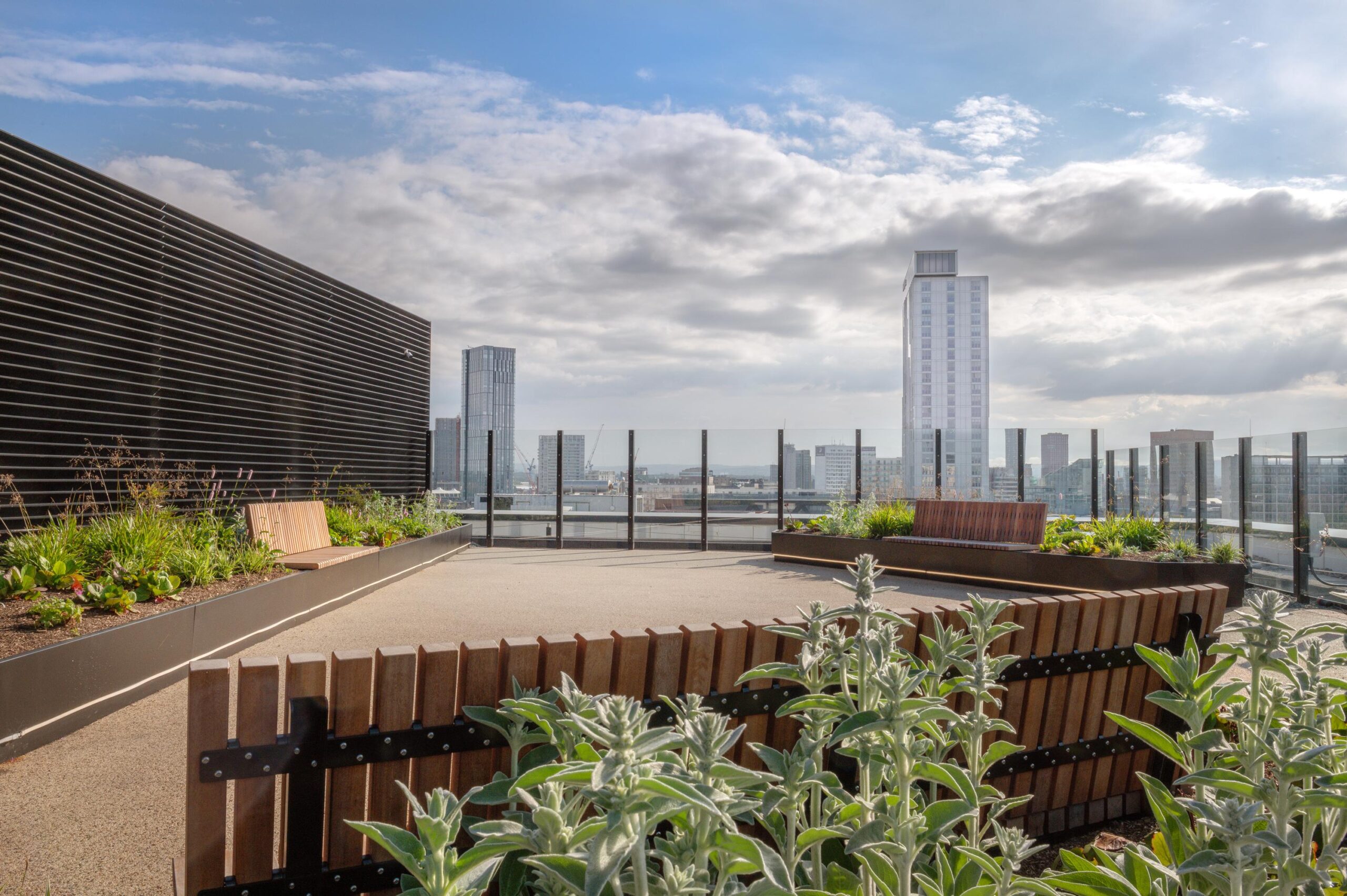Can a good office entice workers back to their desks?
by Ella Woodward, Development manager, Muse
With businesses keen to get more staff back to the office, Ella Woodward, development manager at Muse discusses the importance of providing a workspace where staff want to be and wellbeing is considered
The majority of accountancy professionals suffer from stress and long hours while more than half suffer from burnout, which is alarming when considering the serious issue of retention and staff turnover.
As more employers ask their staff to return to the office for at least two to three days a week, accountancy firms need to look at strategies to enhance employee wellbeing. One way this can be achieved is through creating a working environment that places the needs of employees at its core.
In Manchester, Salford’s Eden was created by the ECF (formerly English Cities Fund) partnership of Muse, Legal & General and Homes England and was designed with people in mind. Already top five accountancy firm BDO has taken several floors in the 12-storey, 115,000 sq ft office development as has law firm TLT.
As one of the UK’s most sustainable office buildings, it comprises a range of features that promote better physical and mental health for occupants, and is a ‘greenprint’ for how a workspace can boost workforce engagement and encourage people into the office.
There are a number of ways this can be achieved, with a range of different strands dovetailing together to create a working environment that fosters togetherness and creativity, aids with focus, and ultimately makes the office somewhere people love being.
Cognitive function and active travel
One point that’s often overlooked is air circulation. A steady flow of fresh, clean air can enhance cognitive function, reduce stress levels, and improve information retention. This, in turn, can lead to productivity improvements.
Elsewhere, businesses should consider how well their premises are set up to enable active, sustainable travel and make exercise during the working day a realistic option.
Cycle stores, shower rooms, workout spaces, contemplation areas and even yoga studios all allow employees to achieve a better work-life balance, enabling people to get away from their desk and take a break, or keep up with their fitness regimes before, during, or after work.
Research by wellness consultancy Hussle indicates that the average employee experiences 3.4 days of ‘poor mental health’ each month. However, this number decreases by 40% for those who exercise regularly.
By providing facilities that enable employees to be active – and for these to seamlessly tie into the workplace experience – businesses can create an environment which supports mental wellbeing. It is also a positive when addressing recruitment and retention, with more people looking for ways to tie fitness activities into their working day.
The value of connectivity to nature
Another boost to mental health can be delivered by workspaces incorporating plants and enhanced biophilic design – particularly through features like living walls – which are becoming increasingly popular in modern workspace design.
This approach not only connects employees to the natural environment but can also boost the immediate biodiversity of a location, as is the case with external green façades.
Incorporating more greenery into the office environment has been proven to deliver positive results too, with several studies showing that it can significantly reduce stress and absence. The calming presence of flora and fauna ultimately enhances the workplace experience, and can be a cost-effective way for businesses to improve the appeal of a workspace.
Space to take a break
In addition to biophilic benefits and workout spaces, it’s important that businesses provide additional areas for employees to take a break away from the desk if possible. For instance, lounge areas and on-site cafes offer a chance to relax and allow colleagues to connect away from the busy office environment.
Roof terraces are another feature which employees value. Whether for informal work meetings, staff socials, or simply as a space to get away from the buzz of the office, these flexible spaces can play a significant role in the wider appeal of a workspace and offer something different to a traditional office.
Given how stressful and time-pressured accountancy roles can be, it’s imperative for offices to have spaces where employees can take some time out and mentally reset.
Healthy employees, healthy business
There has never been a more crucial time for companies to prioritise their employees’ mental and physical wellbeing, and to think about how the working environment can boost morale and aid with both recruitment and retention in a competitive job market.
A 21st century workforce requires an office that offers a modern alternative to outdated office designs. This workspace should meet the needs of each employee and offer a variety of amenities that enhance mental and physical wellbeing. This is an integral factor to ensure the long-term sustainability of the business.







